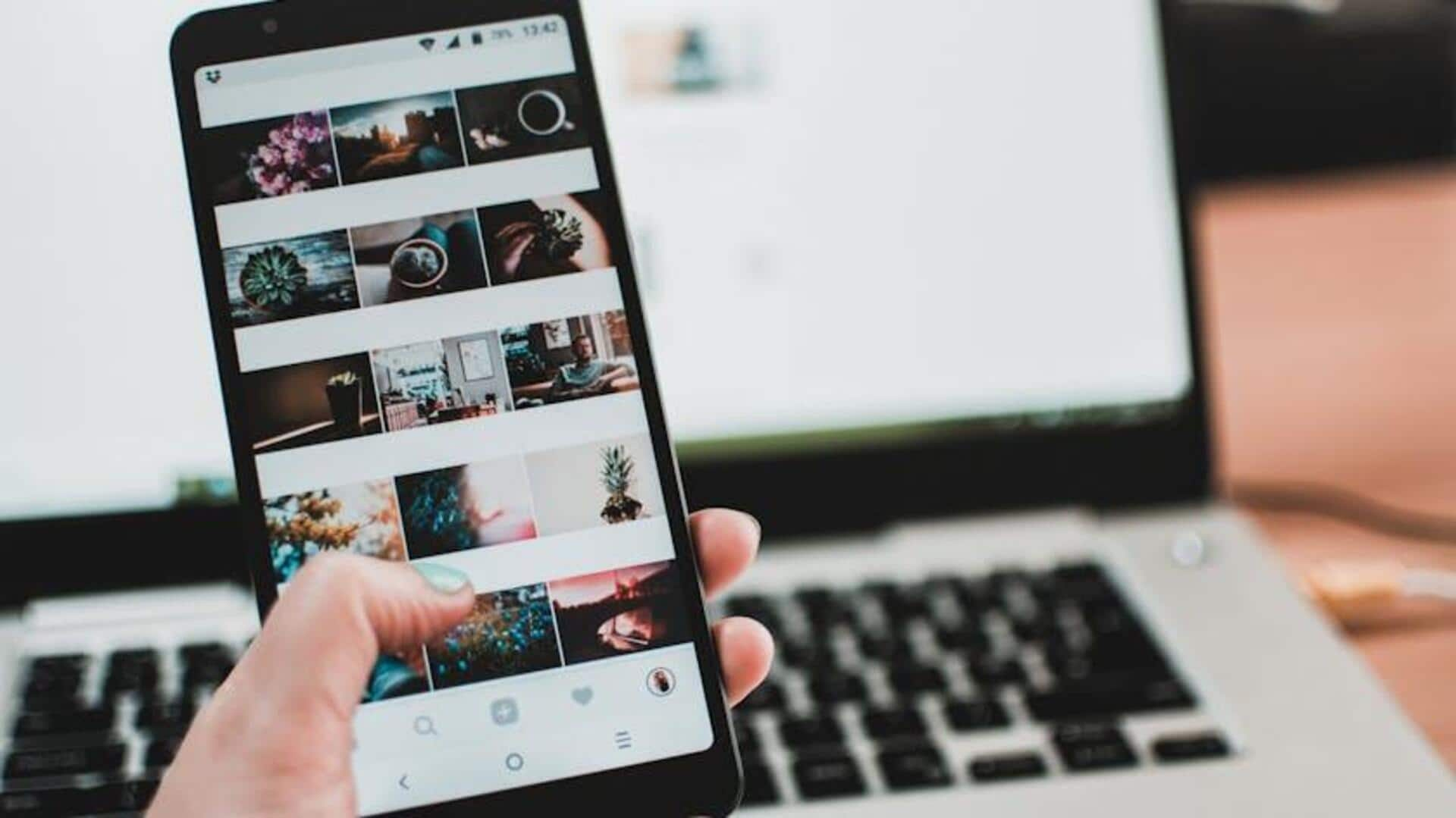
How to protect your photos on your smartphone
What's the story
In the digital age, smartphones have taken over as the go-to device for taking and storing photos. But, along with the facility of having a camera in your pocket, the risk of losing your private images due to unauthorized access also comes. Keeping these photos secure is essential to uphold privacy. Here are some practical tips to safeguard personal photos on smartphones.
Tip 1
Use strong passwords and biometrics
One of the easiest ways to safeguard your smartphone is with strong passwords or passcodes. Don't go for easy guessable combinations such as '1234' or '0000'. Rather, go for a combination of numbers and letters. Also, turn on biometric authentication features like fingerprint or facial recognition, if available. These things add an additional layer of security, making it harder for unauthorized users to access your device.
Tip 2
Enable two-factor authentication
Two-factor authentication (2FA) adds another layer of protection on top of your password. If you enable 2FA on apps that store or access your photos, you can be sure that even if someone has your password, they won't be able to log in without a second form of verification. This could be an SMS code or an authentication app. 2FA minimizes the risk of unauthorized access by a great deal.
Tip 3
Regularly update software and apps
Keeping your smartphone's OS and apps up-to-date is critical for security. Developers often release updates patching vulnerabilities and improving protection against new threats. Set your phone to update automatically whenever possible so that you don't miss out on critical security improvements that could keep your personal photos safe from hackers.
Tip 4
Use encrypted cloud storage services
Storing photos in encrypted cloud services can offer more protection than just keeping them on your device. Go for trusted cloud storage providers with strong encryption standards, which ensure that only you can access the stored data with proper credentials. This way, even if somebody gets physical access to your phone, they can't view the encrypted files without authorization.
Tip 5
Be cautious with app permissions
When installing new apps, be wary of the permissions they ask for. Don't give unnecessary access to your photos or camera. Some apps may ask for permissions they don't need, opening privacy risks if abused by a malicious actor. Review permission settings on each app regularly to make sure they are in line with best practices for keeping your privacy protected.